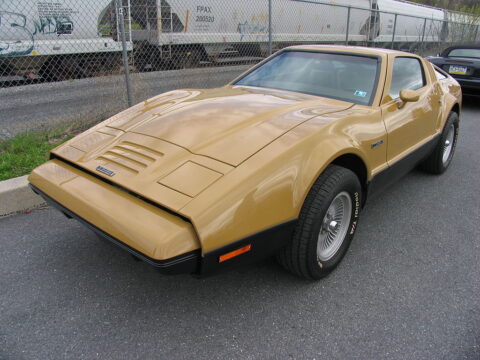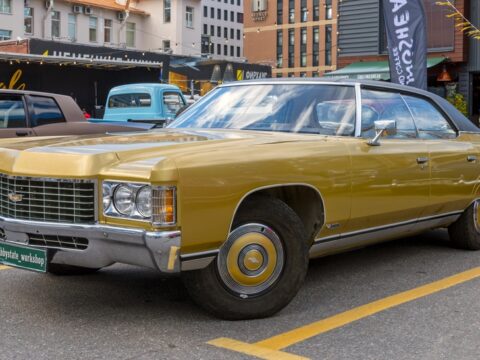In an era where technology strides boldly towards a future of innovation and automation, self-driving cars stand at the forefront of this technological revolution, promising a new dawn of safety and efficiency on our roads. However, beneath the surface of these sophisticated machines lies a labyrinth of hidden dangers and unexplored consequences. From ethical dilemmas and security vulnerabilities to technological limitations and regulatory challenges, this article sheds light on the shadowy aspects of self-driving technology that could steer us towards unforeseen risks and ethical quandaries.
Contents
Reliance on Sensors and Perception
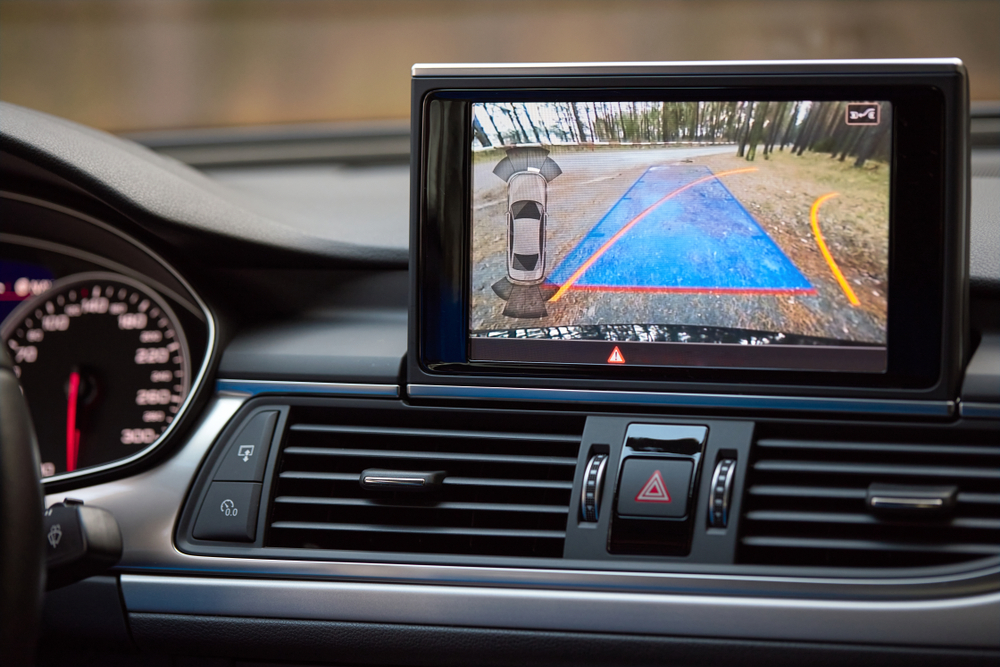
Self-driving cars heavily depend on sensors like lidar, radar, and cameras to perceive their surroundings. These sensors can be affected by adverse weather conditions such as heavy rain, snow, or fog, potentially leading to misinterpretation or loss of critical information.
Cybersecurity Risks
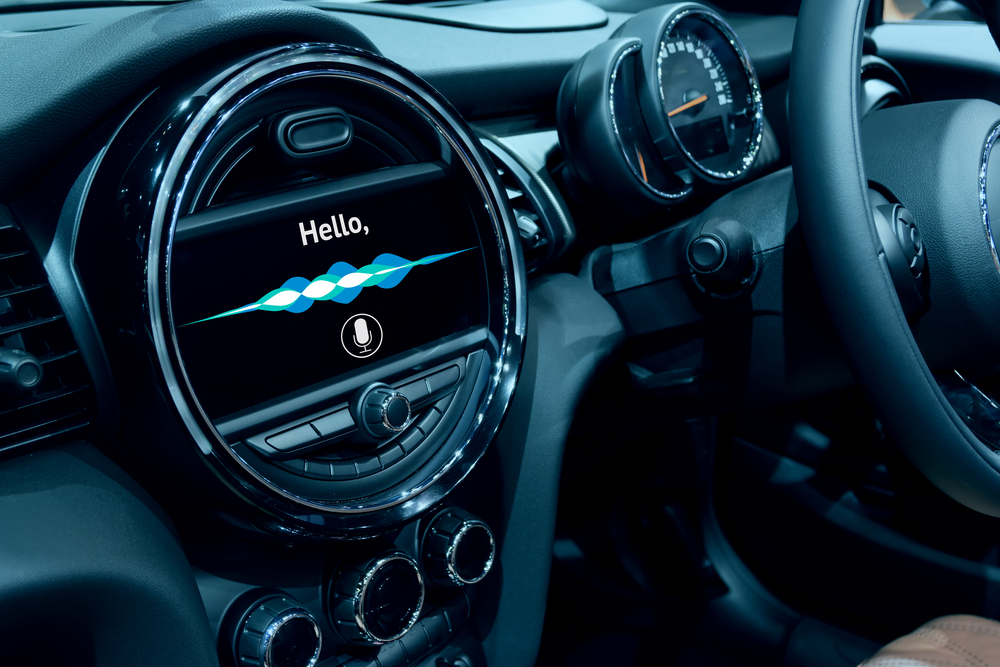
Self-driving cars are vulnerable to cyberattacks that could manipulate their behavior or compromise passenger safety. As autonomous vehicles become more interconnected, the risk of malicious hacking increases, posing a significant threat to the safety of occupants.
Navigating Complex Urban Environments
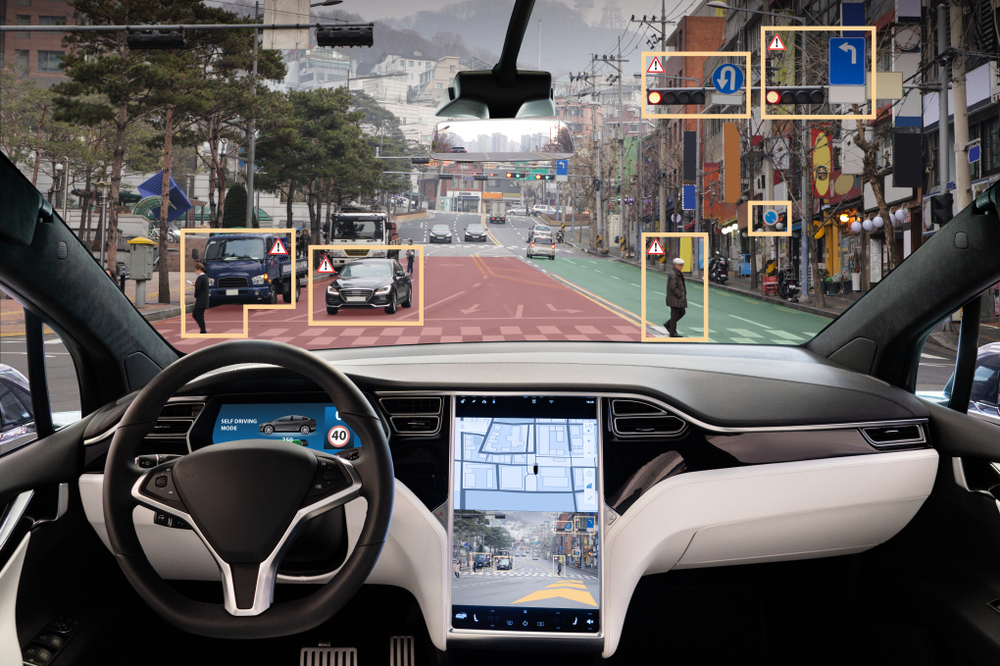
Navigating complex urban environments, with erratic human drivers, pedestrians, cyclists, and various road rules, remains a challenge for self-driving cars. They may struggle to make nuanced decisions in unpredictable scenarios.
Evasion of Moral Dilemmas
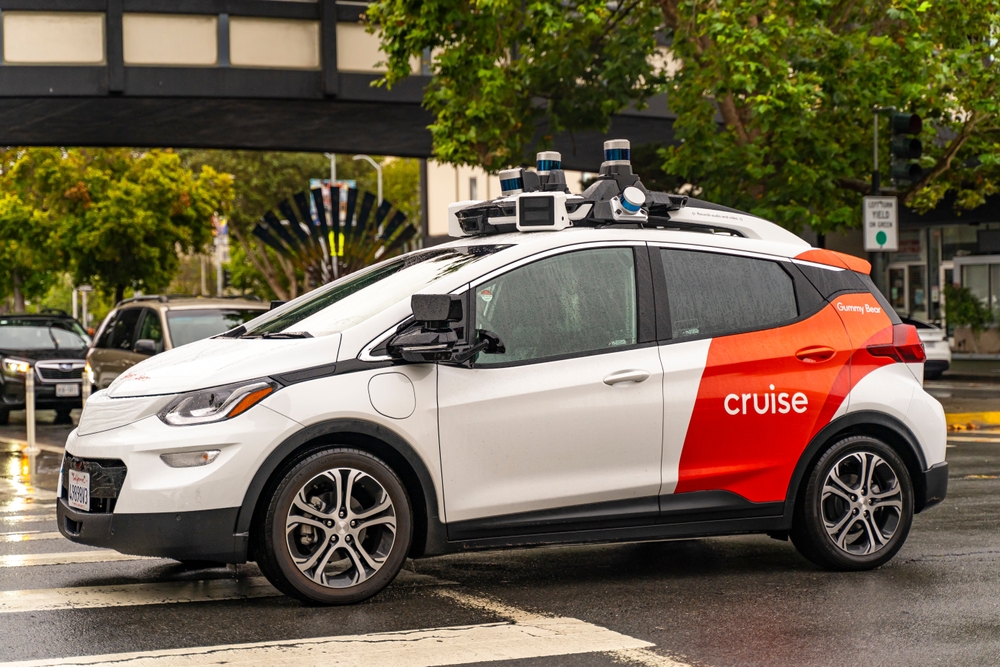
Autonomous vehicles may be programmed to make ethical decisions in the event of an impending accident. These decisions can be difficult to predefine, leading to concerns about how self-driving cars will prioritize the safety of occupants versus pedestrians or other drivers.
Behavioral Unpredictability of Human Drivers
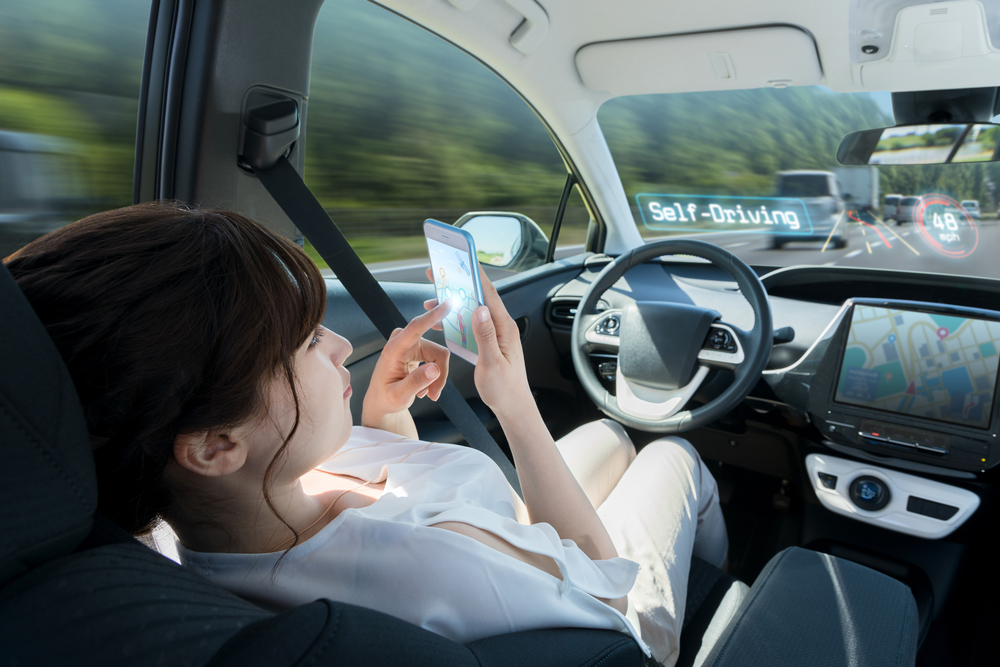
Autonomous vehicles must interact with human-driven cars, which can be unpredictable in their actions and gestures. Understanding and adapting to these behaviors can be challenging for self-driving systems.
Data Privacy
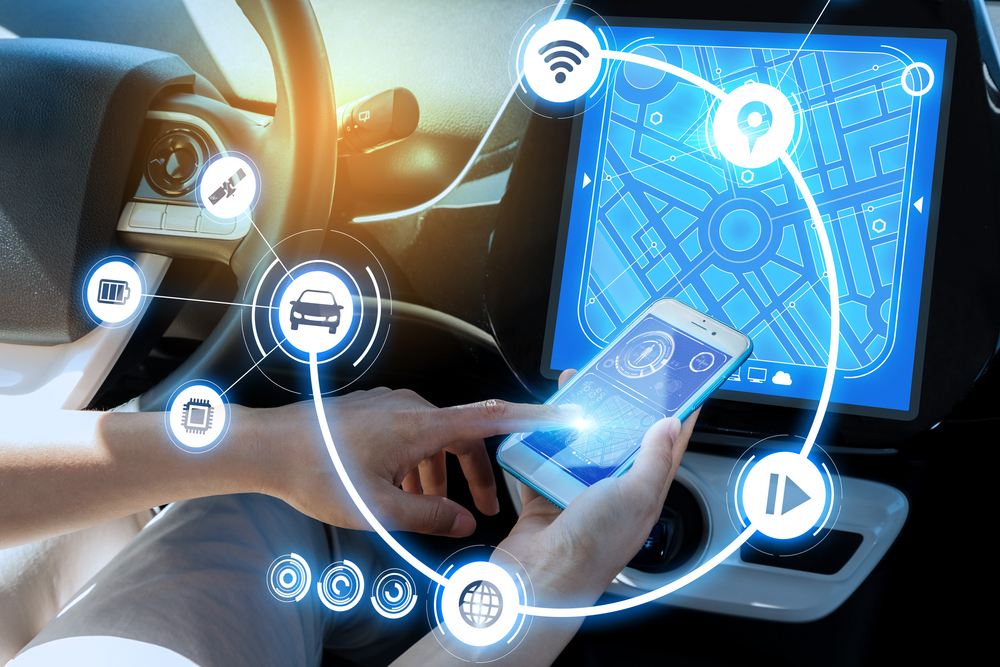
Self-driving cars collect vast amounts of data about their surroundings and passengers. Concerns about how this data is stored, shared, and potentially misused pose risks to privacy.
Maintenance and Reliability

Autonomous vehicles require extensive software and hardware maintenance. Failure to regularly update and service these systems can result in malfunctions and potentially dangerous situations.
Limited Testing Scenarios
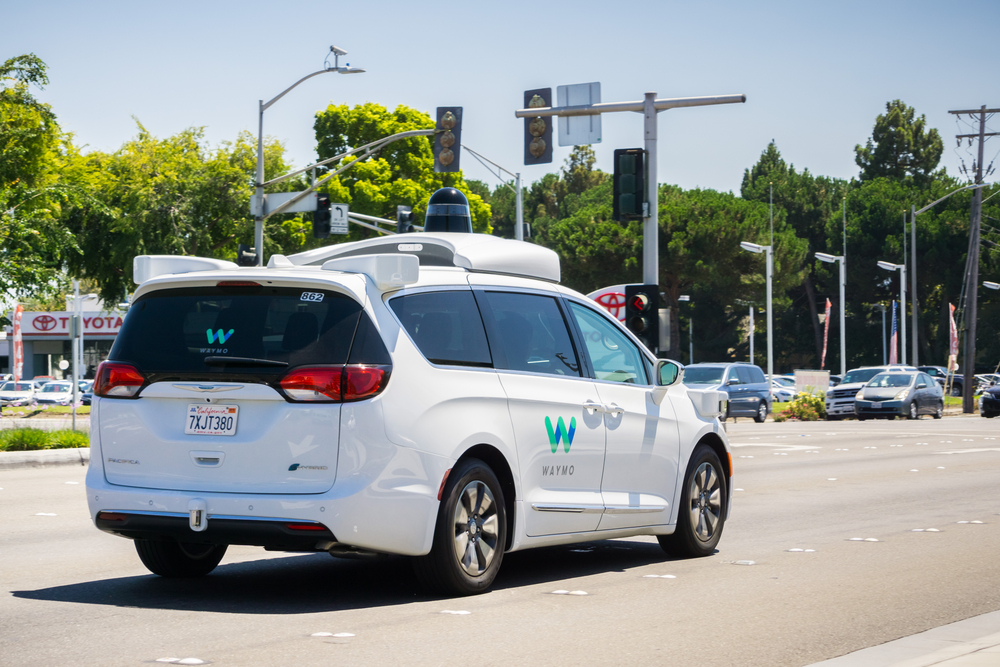
Self-driving cars are often tested in controlled environments or under specific conditions. Real-world complexities and rare scenarios may not be adequately tested, leading to potential safety gaps.
Overreliance on Automation
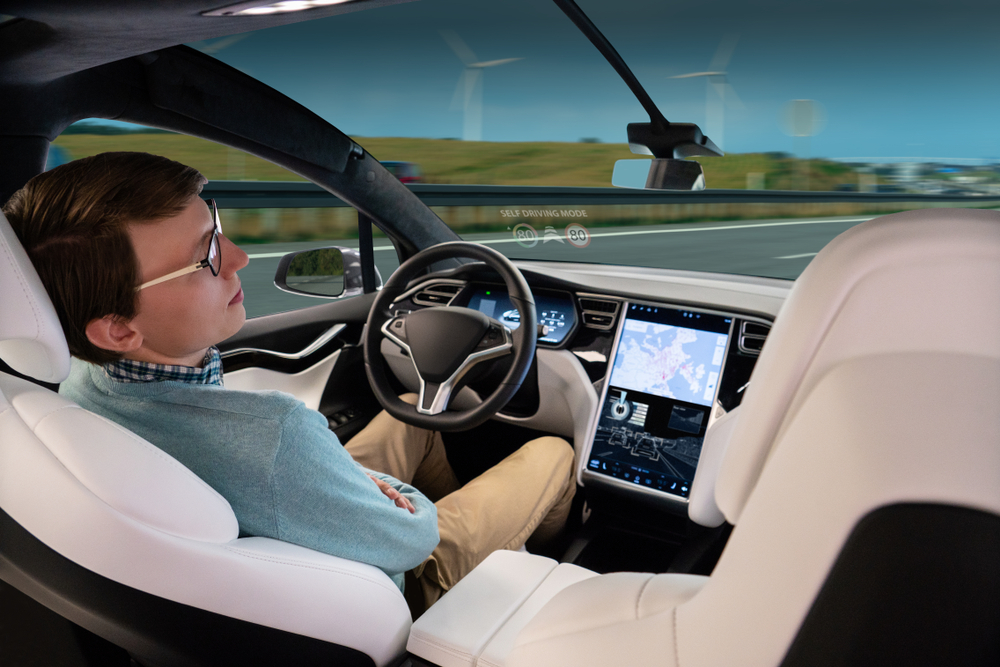
Passengers in self-driving cars may become complacent and overly reliant on the vehicle’s automation. This complacency could result in delayed reactions in emergencies.
Legal and Liability Challenges

Determining liability in the event of an accident involving a self-driving car can be a complex legal issue. Lack of clarity in regulations and legal frameworks may hinder the resolution of such cases.
This article originally appeared on MyCarMakesNoise.
More from MyCarMakesNoise
World’s Fastest Motorcycles Revealed

The world of motorcycles has witnessed some astonishing speed demons that push the limits of two-wheeled engineering. These lightning-fast machines captivate the imagination of riders and enthusiasts alike, blending raw power, aerodynamics, and advanced technology. Read More.
20 Cars That Were 1960s Flops

The 1960s were a legendary time for cars, known for iconic muscle cars like the Ford Mustang and Chevrolet Camaro. This era introduced groundbreaking designs and innovation. Read More.
10 Hybrid SUVs That Eco-Conscious Explorers Will Love

As the world pivots towards sustainable living, the automotive industry is no exception. Hybrid SUVs have emerged as the frontrunners of this green revolution, merging the expansive space and commanding presence of traditional SUVs with the eco-friendly efficiency of hybrid technology. Read More.

